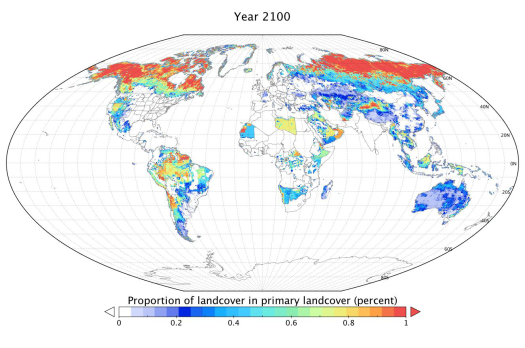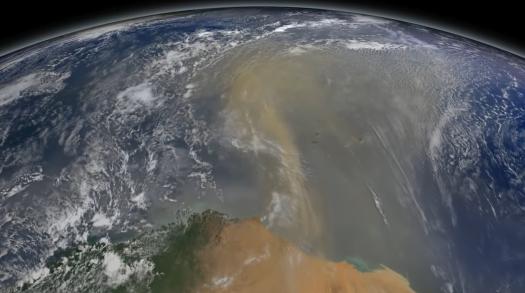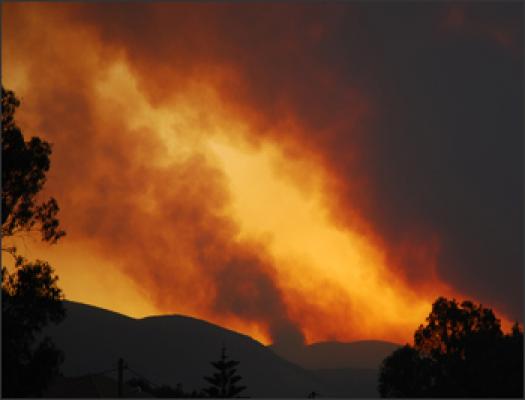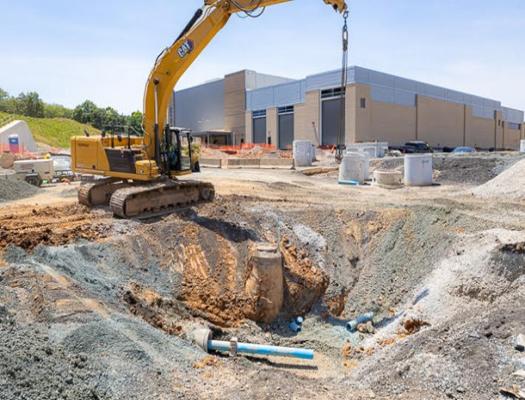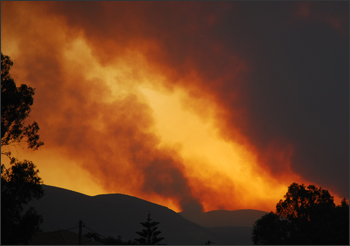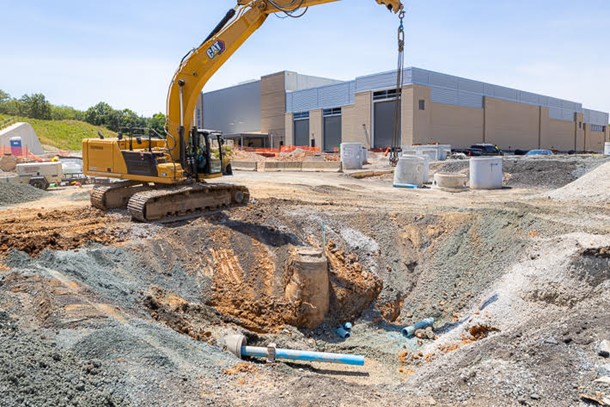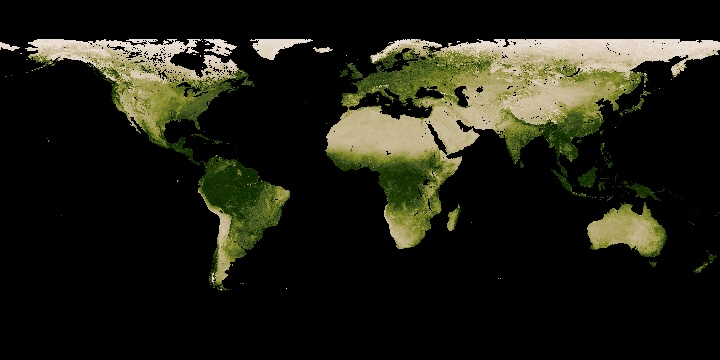This mini lesson focuses on Landsat satellite data and how it is used to detect changes in land use.
loading Geosphere...
Featured Mini Lessons
Examine the images to see the projected differences in land use between 1900 and 2100.
The fires in Greece during the summer of 2007 devastated large tracks of forest and ground cover in this Mediterranean region. Students analyze these data to determine the scale, area, and percentage of the forest impacted by of these fires.
Students will engage in a collaborative learning routine as they explore slides that show how the development of public transportation infrastructure changed the land in Woodlawn, Maryland.
Students observe monthly images of changing vegetation patterns, looking for seasonal changes occurring throughout 2017. These data can be used by students to develop their own models of change.


